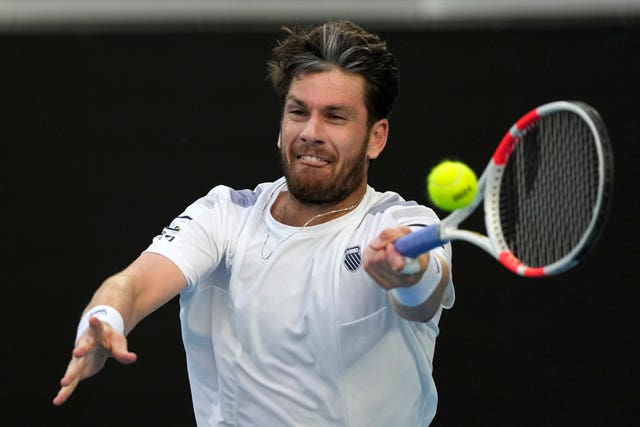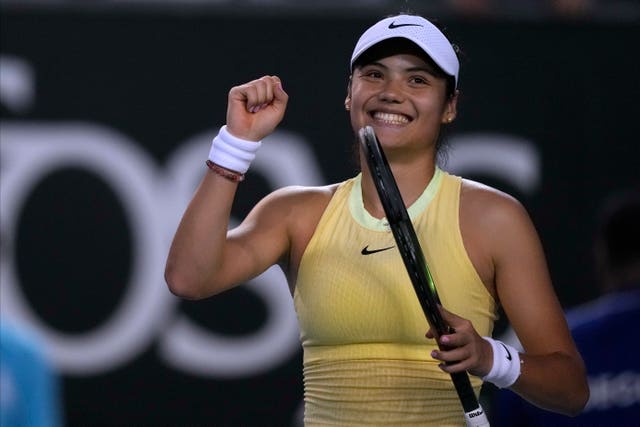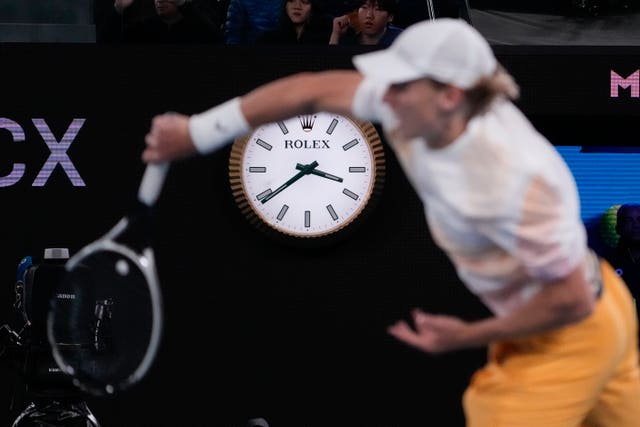
Jannik Sinner became tennis’ newest grand slam champion at the Australian Open while Aryna Sabalenka successfully defended her title.
The year’s first grand slam brought plenty of long matches and late nights and set the tone for an intriguing season to come.
Here, the PA news agency picks out five things we learned at Melbourne Park.
Changing of the guard

The shifting sands of the sport have moved extremely slowly over the last decade, but there is no doubt change is here – and more is on the way. No one will be writing off Novak Djokovic after one off-colour tournament – he still reached the semi-finals despite being nowhere near his best – but power is moving towards the youngest generation, led by Carlos Alcaraz and now Sinner. Rafael Nadal’s comeback adds extra intrigue heading towards the French Open.
Sabalenka setting the standard

Iga Swiatek remains world number one but not by much and, based on the last five slams, Sabalenka can lay claim to be the best across all surfaces. While Swiatek will be favoured to sweep all before her on clay again, she has work to do to prove she can be a consistent force on hard courts and grass. Sabalenka was awesome in Melbourne, never dropping a set and maintaining a sense of emotional calm that the rest of the locker room would have observed with some trepidation.
New Norrie

Cameron Norrie has been Britain’s Mr Dependable over the last three years, using his physical and mental prowess to battle his way into the top 10. But in Melbourne the 28-year-old showed a whole new attacking side to his game that was a joy to watch. Norrie pulled off the best slam victory of his career over Casper Ruud in the third round and pushed Alexander Zverev all the way to a deciding tie-break before bowing out. If he continues on the same path, he can put himself right in the mix at the biggest tournaments.
Raducanu back on track

Emma Raducanu may only have made the second round of her comeback slam before a tight loss to Wang Yafan but the signs were very encouraging. The 21-year-old played with conviction, looked good physically barring an unfortunate stomach bug and, most encouragingly, appeared happy and excited to be back on tour. It will take Raducanu time to find her level but there are plenty of reasons to be optimistic, especially if she sticks with new coach Nick Cavaday for a sustained period.
Late night addiction

Tournament director Craig Tiley’s claim that extending the event to 15 days would somehow fix the problem of matches going late into the night was always farcical, and so it proved. Even only having two matches in the day session did not guarantee the night session began on time, and Daniil Medvedev’s second-round clash with Emil Ruusuvuori did not finish until 3.39am. Until tennis accepts that matches are becoming ever longer and schedules accordingly, nothing will change.

Enjoy the convenience of having The Sunday Post delivered as a digital ePaper straight to your smartphone, tablet or computer.
Subscribe for only £5.49 a month and enjoy all the benefits of the printed paper as a digital replica.
Subscribe